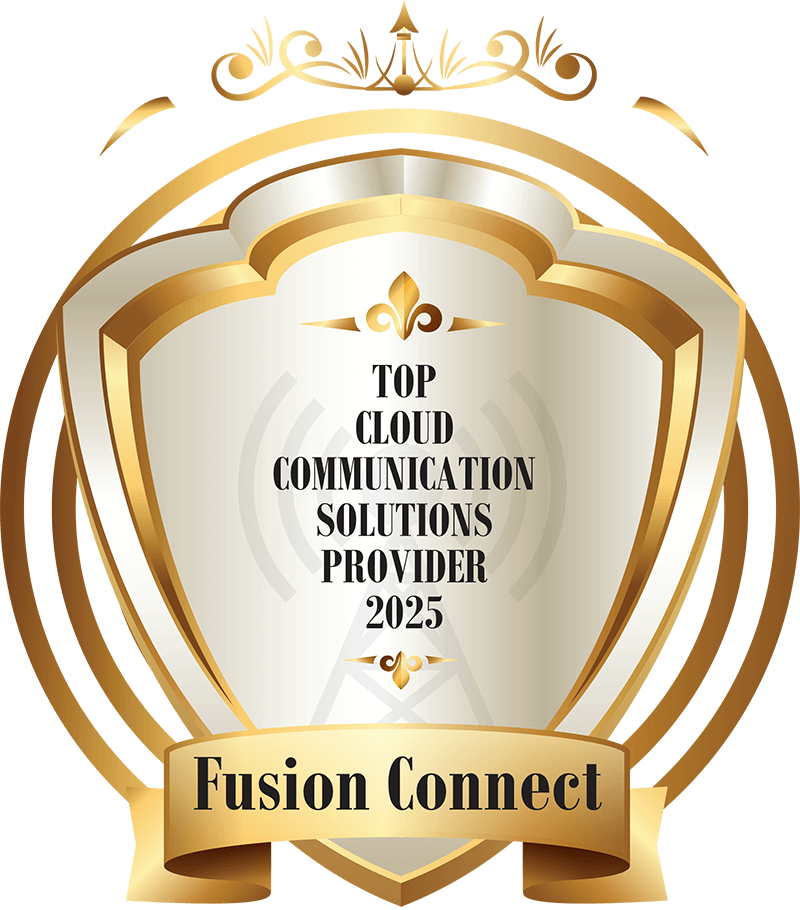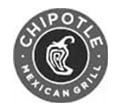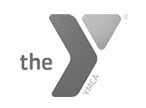- Login
- Sales & Support: 888-301-1721
Dedicated Internet Access
Consistent and Fast Upload and Download Internet Speeds for Your Business

A Private Connection Between Your Business and the Web
Unlike typical shared broadband services, Dedicated Internet Access (DIA) is a private connection. No competing with neighboring businesses for bandwidth usage. Employee productivity is supported with high-capacity networks that enable fast file transfer, crystal-clear VoIP calls, and fast data backup.
Reliability
Bandwidth that handles your most demanding business applications and tasks. Upload speeds that are just as fast as download speeds.
Expert Support
100% US-based expert technical support available every day, around the clock, from any location.
Guaranteed Uptime
Industry-leading service guarantees for 99.99% uptime.
What is Dedicated Internet Access?
Dedicated Internet Access (DIA) is a high-speed, high-performance internet connection typically reserved for a single business or organization. Unlike shared broadband, DIA provides symmetric upload and download speeds over private fiber-optic lines or leased circuits.
Fusion Connect offers a robust suite of services that can meet virtually any client need, with customized solutions for connectivity and data. Their provisioning and implementation teams are highly knowledgeable and proactive, making new service installations seamless.
—Nicholas Kontoleon, Director of Network Engineering, G Marshall

Speak with a Technology Expert
See which internet services are available at your location.
Fiber optic service delivers the best dedicated bandwidth straight to your office, supporting your business-critical applications.
- Collaborate without dropping calls or freezing video
- Meet streaming media and large file transfer demands
- Experience consistent, dependable data throughput with symmetrical speeds
- Run automatic updates without interrupting your work
- Transfer large amounts of data faster and over longer distances than DSL and Cable

Fiber Internet FAQs
What is Fiber Optic Internet Access?
Fiber Optic Internet, sometimes called Fiber Optic Cable Internet, is the transmission of data by light signals that travel on a fiber encased in a cable. The signal is known for being extremely fast and especially strong over large distances – up to 40 miles, without having to boost the signal. Fiber optic cables send data at a rate that is only 31% slower than the speed of light. This equates to a capacity of about 250-1000 megabytes per second. Cable broadband connections have a maximum of only 50 megabytes per second. Unlike copper telephone lines used for broadband internet services, fiber optic cables can carry large bundles of information at one time. Telephone lines were only meant to transfer audio (phone conversations), whereas optic cables were designed to handle all types of data including video, text, and multimedia.
What’s the difference between Fiber & Cable?
Fiber optic and cable broadband internet systems both use fiber optic cables to transfer data from one location to another. It’s actually the means of covering the distance between your nearest local street cabinet and your office building that separates a fiber optic connect from a cable one. With a cable broadband system, the fiber optic cables end at your street cabinet. From there they are sent to your office building via copper telephone line. With a fiber optic system, data is sent from the street cabinet to your office via coaxial cable – a thick type of electrical cable that transmits signals more effectively. Compare Fiber to DSL and Cable technologies that transmit data over copper wires, which are sensitive to electrical disruptions, and can only travel up to about 300 meters without needing a signal boost.
How does Fiber make cloud storage and access easier?
A recent study by McAfee showed by 83% of businesses store sensitive data in the cloud. This means that employees are constantly accessing cloud storage services, private and public, like AWS, Azure, Google Drive, and Dropbox, to find important files. The more information stored on these sites, the slower the files will load. This is particularly true when companies are relying on a broadband internet connection since downloading times are significantly slower on these networks.
How does Fiber make video streaming easier?
The amount of video consumption taking place online has skyrocketed in recent years. Streaming video in particular requires significant bandwidth. This means businesses that conduct many web-based conference calls, or regularly stream live video content, require a more robust internet solution. With fiber optic cable internet, employees and business owner’s need not worry about videos lagging during peak times of the day, when multiple team members are using the web simultaneously, or watching live footage only to see pixelated, low-quality footage.
How does Fiber make automatic updates easier?
Having software that updates itself when new versions or fixes are released is extremely convenient. It allows employees to focus more time on operational tasks, eliminating the need to manually update programs. But, opting for automatic updates means your computer is constantly scanning for new versions of software and using bandwidth as these updates are completed in the background. For those broadband services, these constant scans and downloads can chew through bandwidth fast, slowing down internet connections and making other tasks more time-consuming.
Fast, scalable and predictable bandwidth comes with Business Ethernet. With greater resilience at high speeds, there is no better value for demanding business environments.
- Ideal for business with mission-critical data access requirements
- Supports remote workers and virtual private networking (VPN)
- Leverages your existing infrastructure
- Asymmetric Ethernet also available for less intensive upload situations

Ethernet FAQs
Why Choose Ethernet?
Symmetrical Business Ethernet connections offer low latency and high bandwidth. If a business requires a T1 service, Ethernet is less expensive and requires less on-premises equipment than comparable T1 services. Higher speeds can often be provisioned on existing circuits, making ethernet a cost-effective and reliable way to scale and support bandwidth needs.
Is Symmetric Ethernet Widely Available?
Symmetric Ethernet speeds, ranging from 2x2 Mbps to 100x100 Gbps, are available in over 800 central offices across 50 major markets in the continental United States.
Speak with a Technology Expert
Let's see which internet services are right for you.
From the Blog…
Why Your VPN Connection Keeps Dropping—and How to Fix It
For many small to midsize businesses, a stable VPN is the hidden bridge between remote workers,...
Read More
Boost Business Performance with AI
At Fusion Connect, we believe Artificial Intelligence (AI) isn’t just a buzzword, it’s a powerful...
Read More
Network Architecture: What It Is and Why It Matters for Modern IT
Think of network architecture as the blueprint for how your entire business connects and...
Read More
Let’s Connect!
Need Customer Support?
Speak with an Expert
Complete the form and our solutions expert will be in touch.
Let’s Connect!
Schedule a meeting with us at a time that suits you. Simply let us know when you'd like a virtual appointment. We'll send you a meeting invite.
No time to wait? Get immediate access to our team right now through an on-demand virtual meeting, no application required. We're ready if you are ‐ join us now!














